
Creating a peaceful home office doesn’t have to be a headache.
Here’s a no-nonsense guide to keep those pesky noise distractions at bay.
1. Figure out what’s that noise
First things first: locate the origin of the disturbance. Is it traffic noise, loud neighbours, or sounds from within your home? Once identified, you can tailor your soundproofing strategy effectively.
2. Place your desk wisely
When it comes to cutting down on noise distractions, where you put your desk really matters. Move it away from noisy spots like windows facing busy streets or walls shared with loud neighbours. Instead, find the quietest corner of the room.
It might take some trial and error, but finding that sweet spot can make a world of difference.
Think about your home’s layout and figure out where most of the noise comes from. If you can, pick a room that’s naturally quieter or has fewer shared walls.
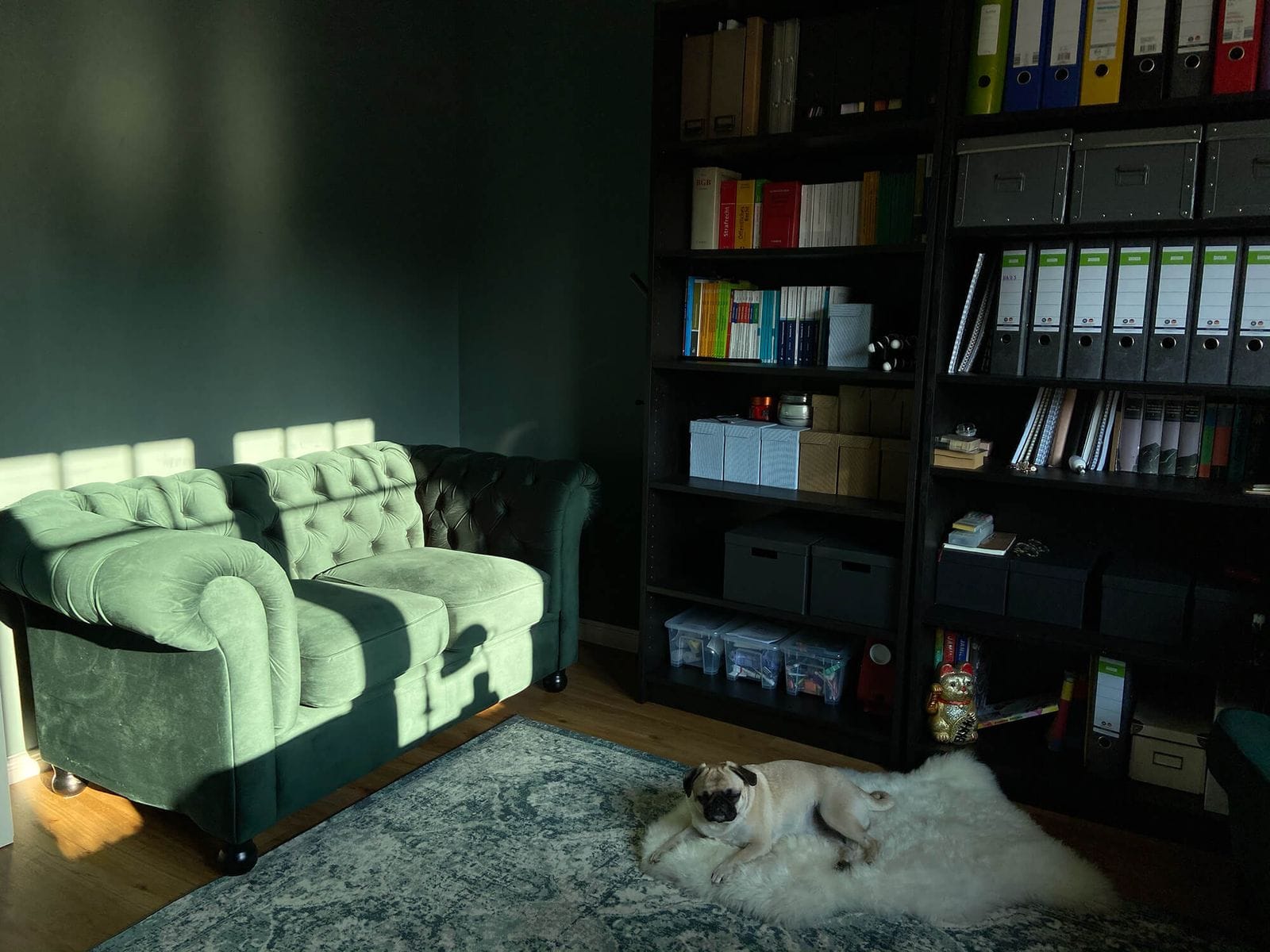
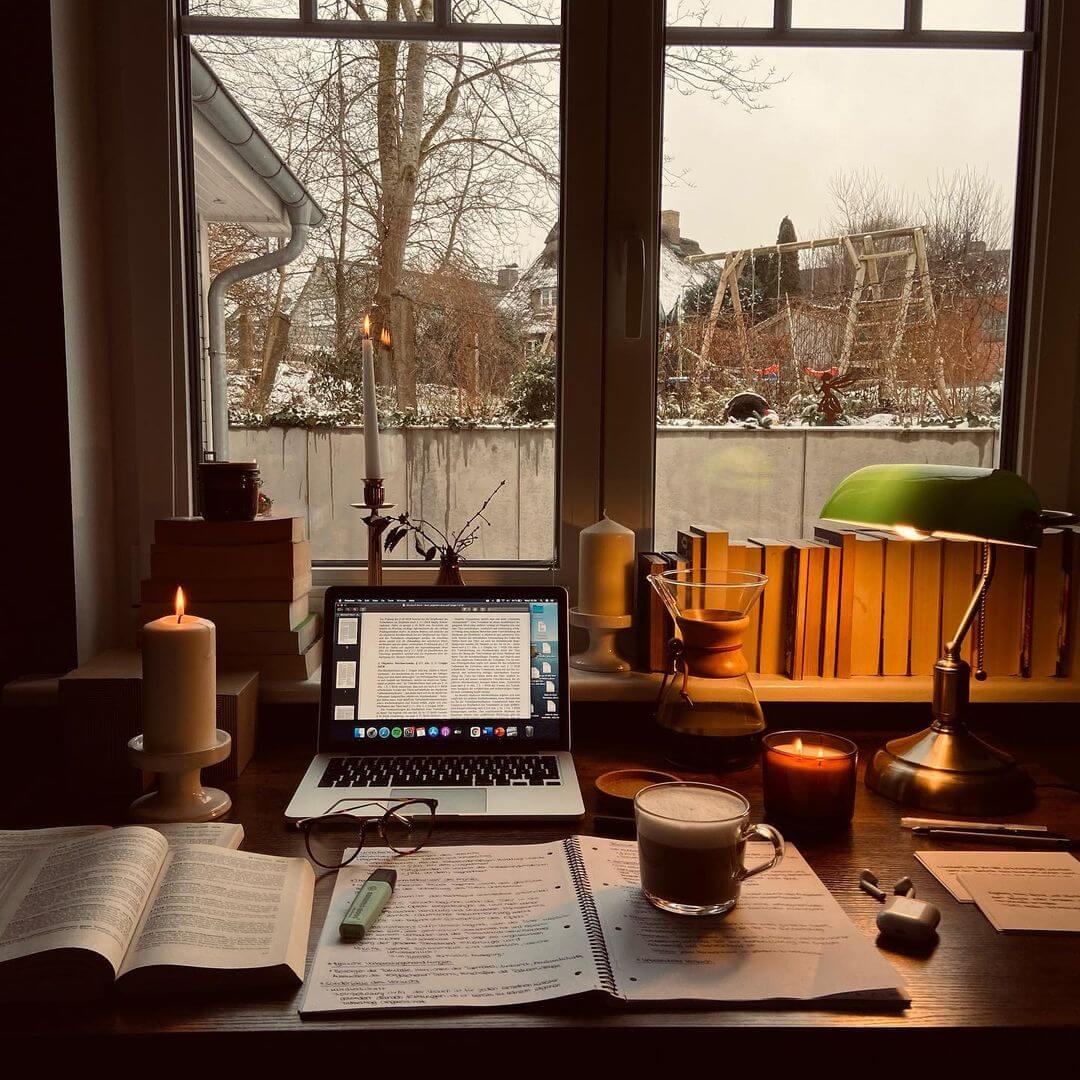
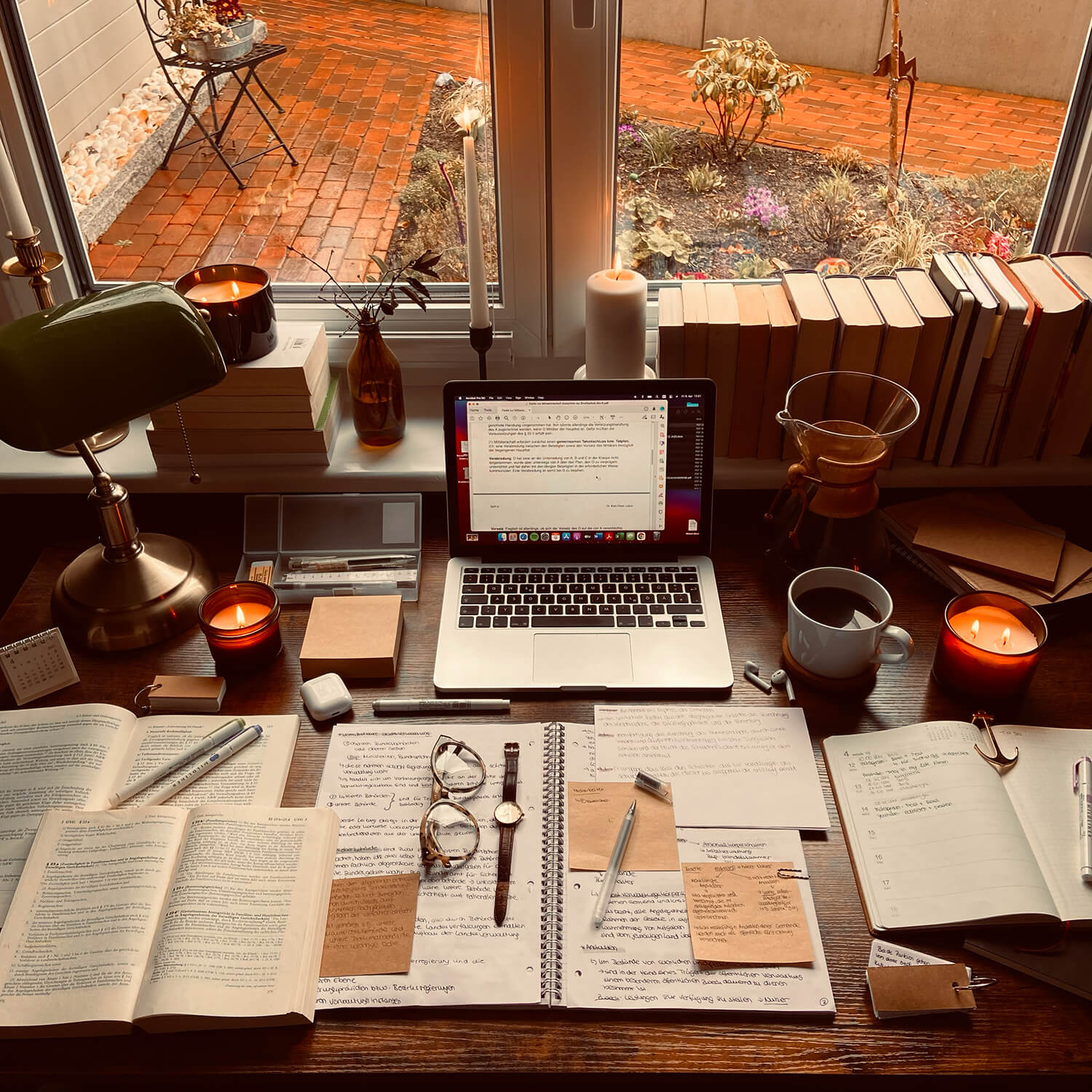
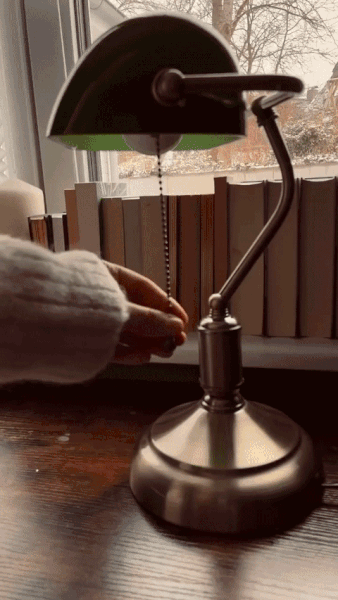
If escaping the noise completely isn’t an option, create a buffer. Here’s a tip: a fully stocked bookshelf can be a fantastic sound barrier. Stick it between your desk and the noise source to help block sound. Not only does this add an extra layer of insulation, but it also keeps your office space organised and looking good.
3. Soundproof like a pro
Block out the world with these:
- Draft excluders. Install these on doors and windows. They’re effective in keeping external noise out.
- Acoustic panels. These aren’t just for recording studios and music setups. Placing them in your home office can significantly reduce ambient noise.
- Thick carpets or rugs. A stylish yet practical solution. They absorb sound and enhance your office’s aesthetics.
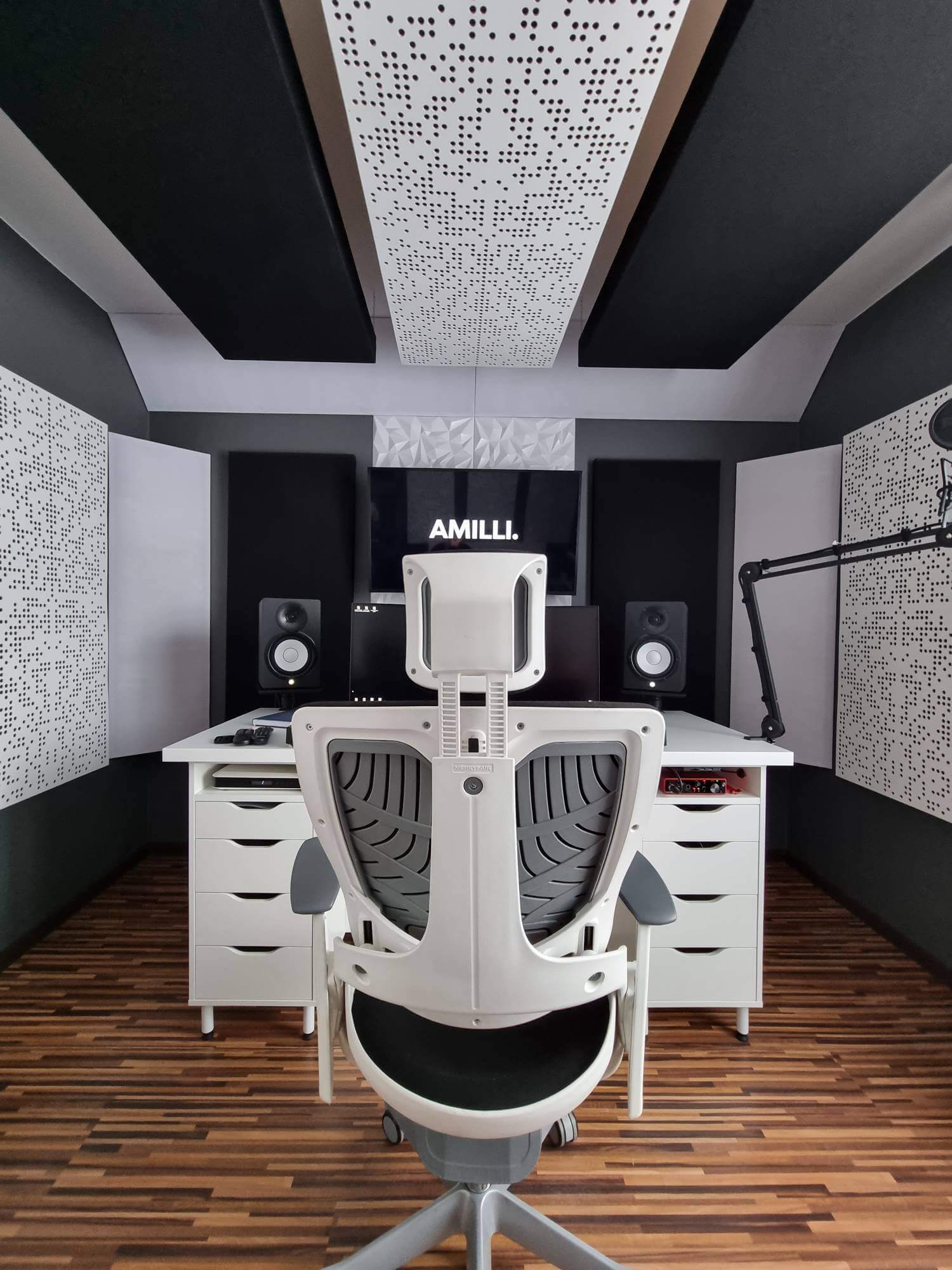
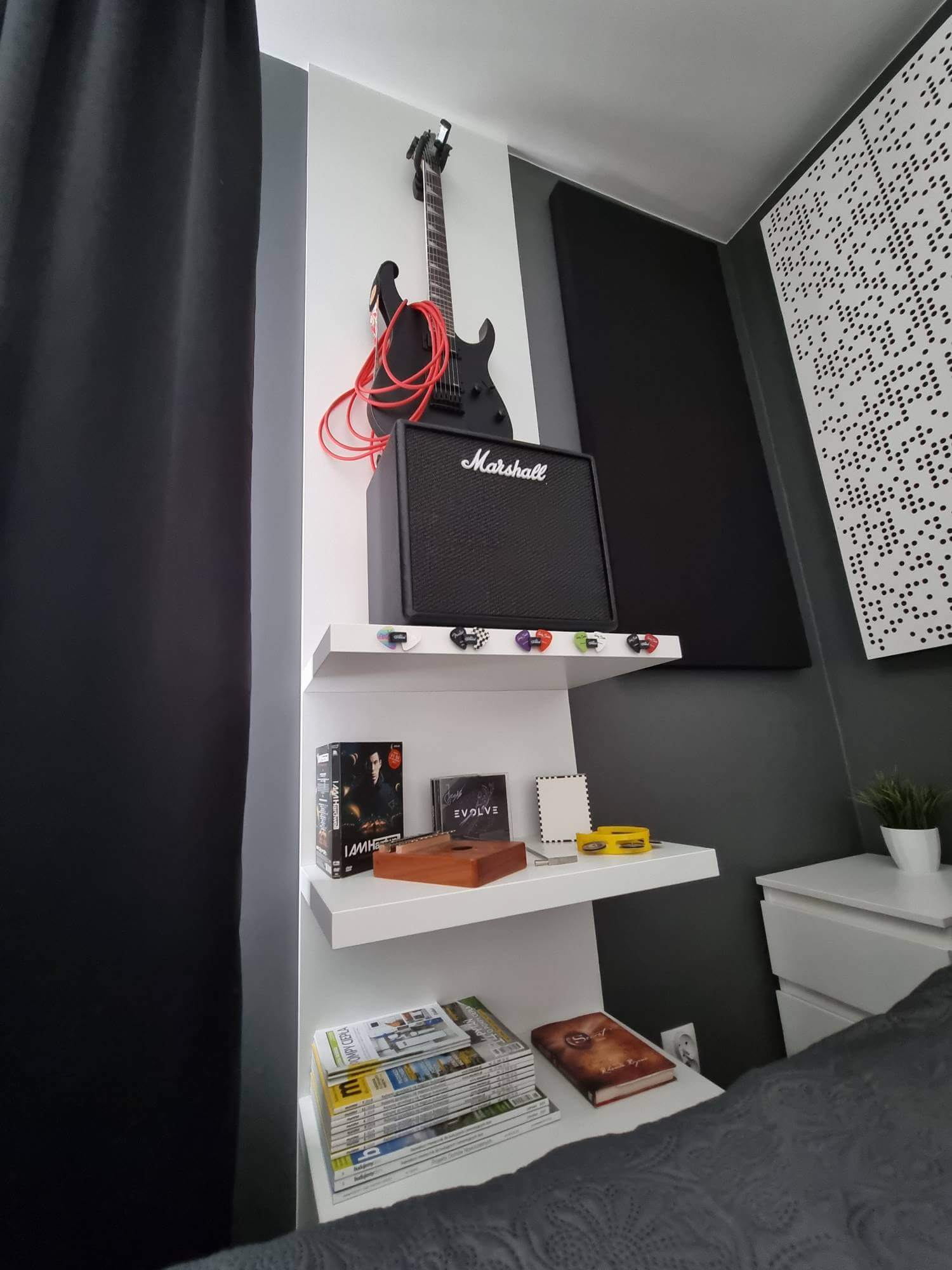
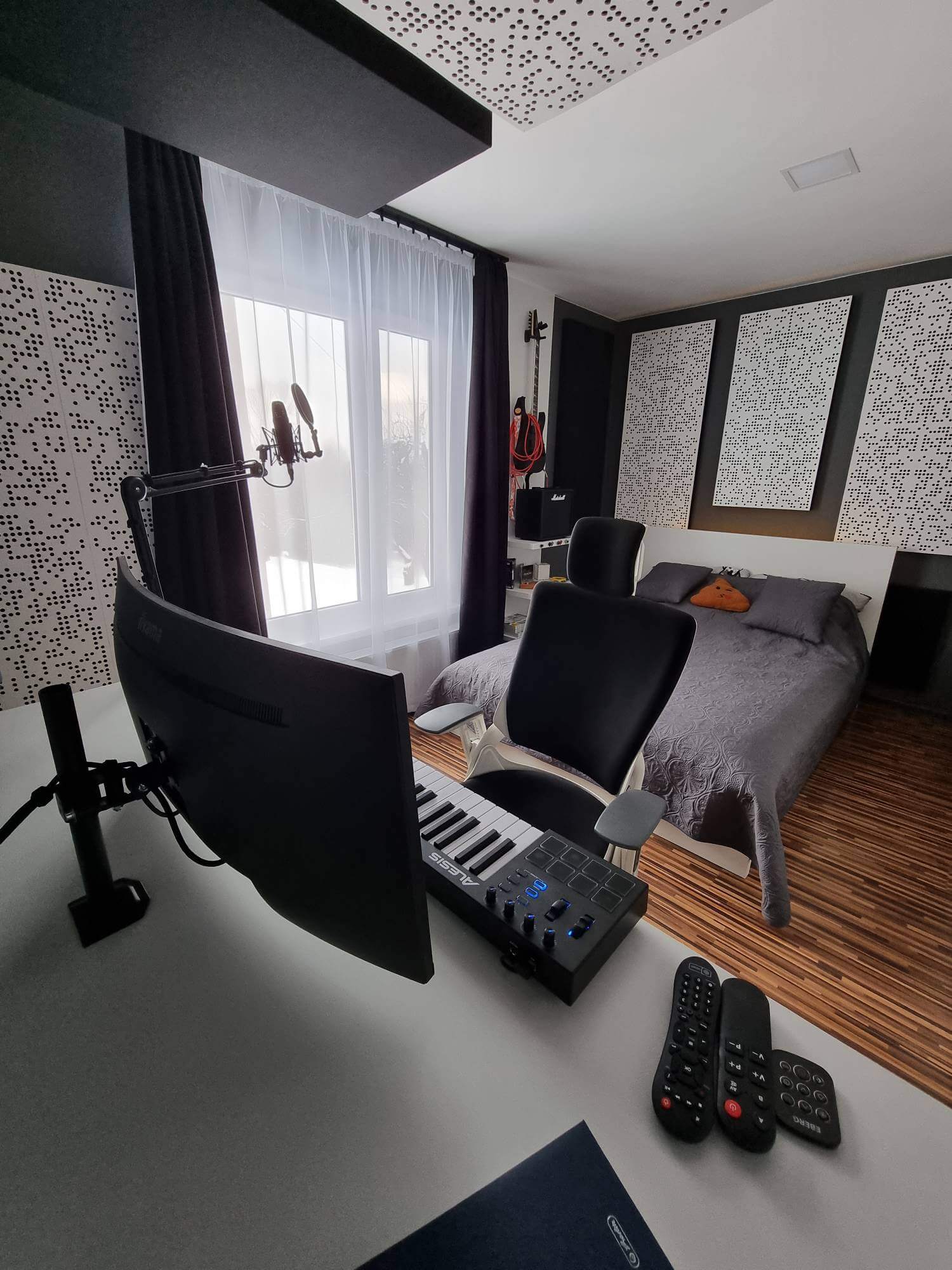
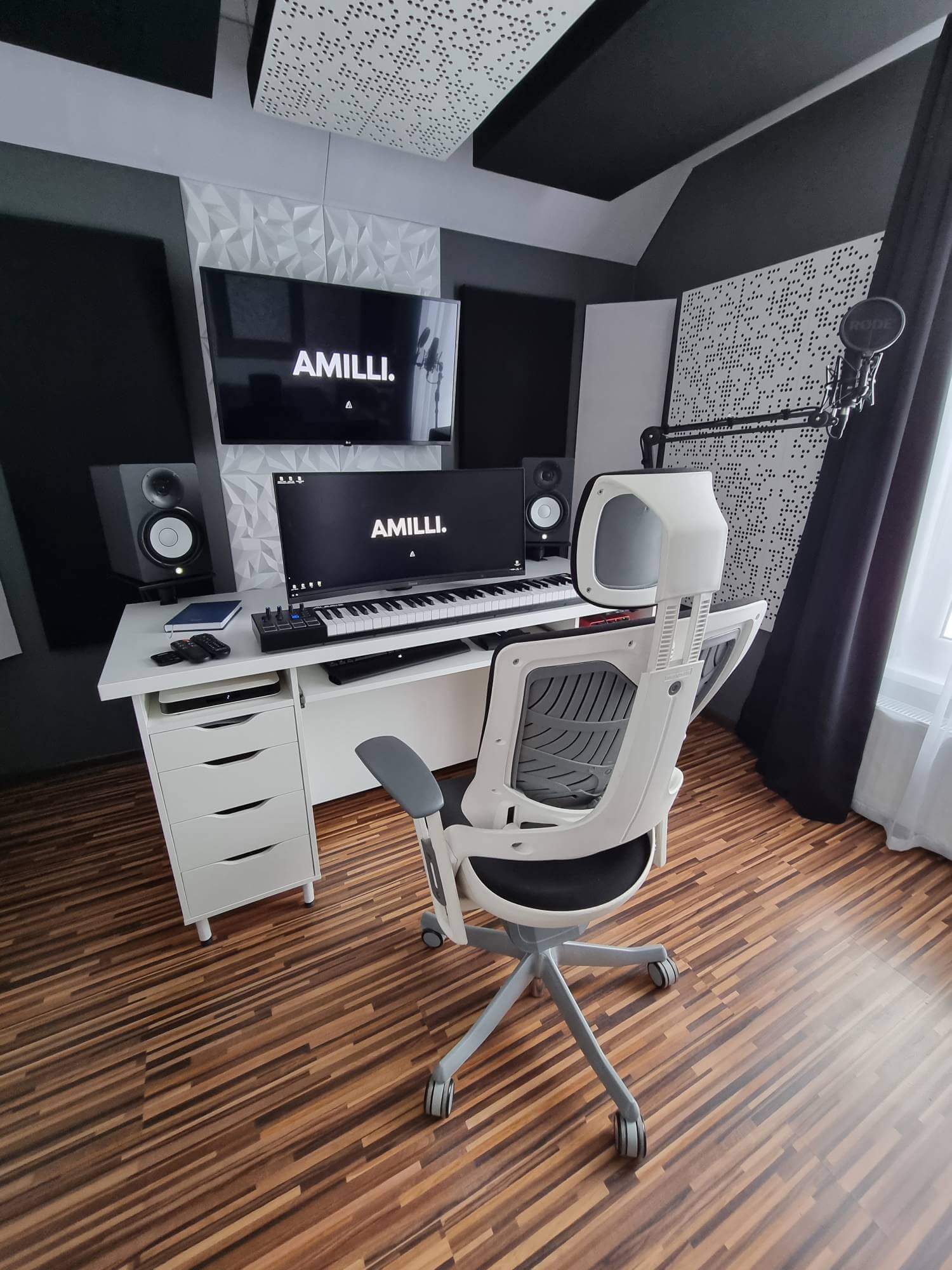
“The panels you see on the walls are acoustic ones with acoustic wool inside. The acoustic panels without holes reduce the reverberation of the room. The hybrid ones (with holes) help to further disperse sound in random directions. Panels in the corners and above the TV are so-called bass traps. They help to reduce room rumble. These panels also have densely compacted acoustic wool in them — every bit of these panels I’ve done myself as well,” says Kamil, an owner of the minimalist music production setup in Kraków, Poland
4. Invest in decent headphones
Noise-cancelling headphones are a lifesaver for drowning out distractions. To maximise this effect, try playing white noise or ambient sounds while working. A little background hum can really help you focus.
5. Set some ground rules for household noise
Keep things quiet at home by setting designated quiet hours and encouraging low-noise activities. Everyone should know when it’s time to keep it down.
Hoovering and washing? Not during work hours, please.
Make deals with housemates or family members for peak concentration times. Suggest quieter activities like a silent disco with headphones, puzzle-solving, reading, or journaling. A bit of negotiation mixed with humour can go a long way in creating a peaceful workspace.

6. Think about your windows
If outside noise is driving you nuts, think about getting double-glazed windows. They’ve got two layers of glass with a gap in between, which works like magic to keep the noise out. Perfect if you’re on a busy street or in a loud neighbourhood.
Can’t get double-glazing? No worries. Try window inserts — they fit right inside your current windows and cut down the noise too. And don’t forget heavy curtains or blinds made from thick, sound-absorbing materials. You’d be amazed at the difference when you pull them shut, especially during the loudest times of the day.
7. Go green for quiet
Planting trees and bushes outside your window isn’t just for aesthetics; they’re excellent at buffering noise. The natural barrier they create helps muffle sounds from traffic or noisy neighbours, giving your office a more serene environment.
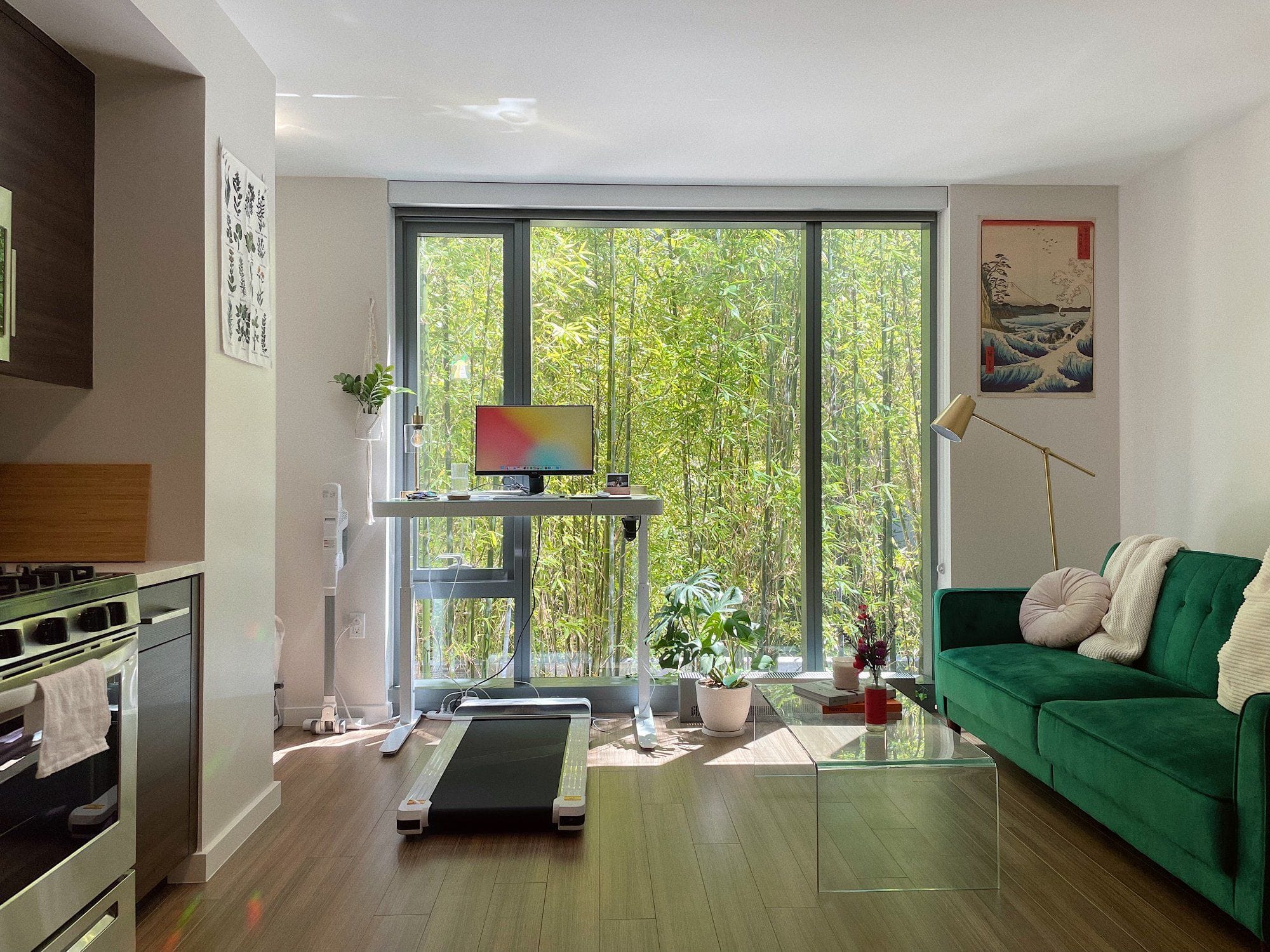
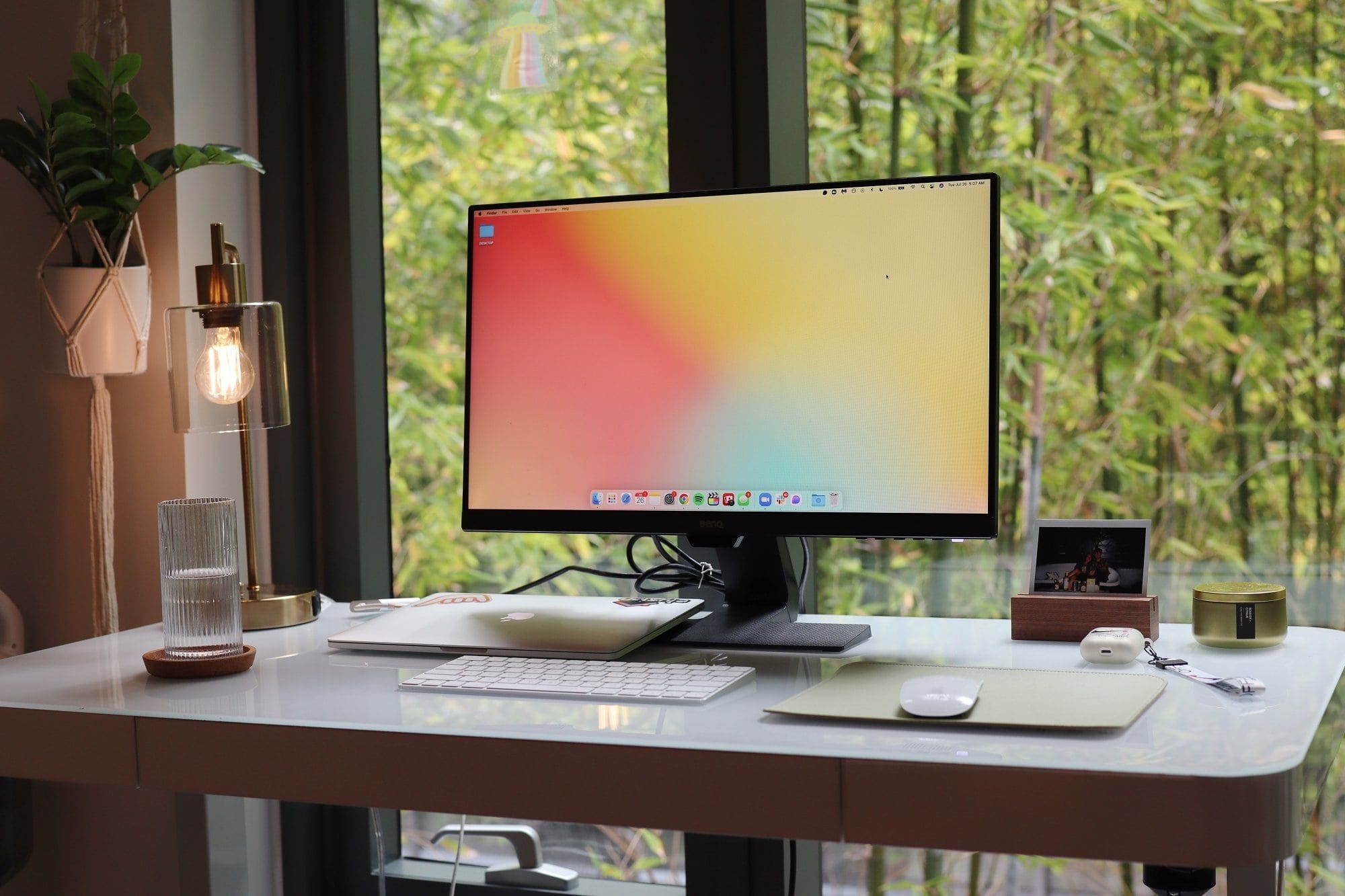
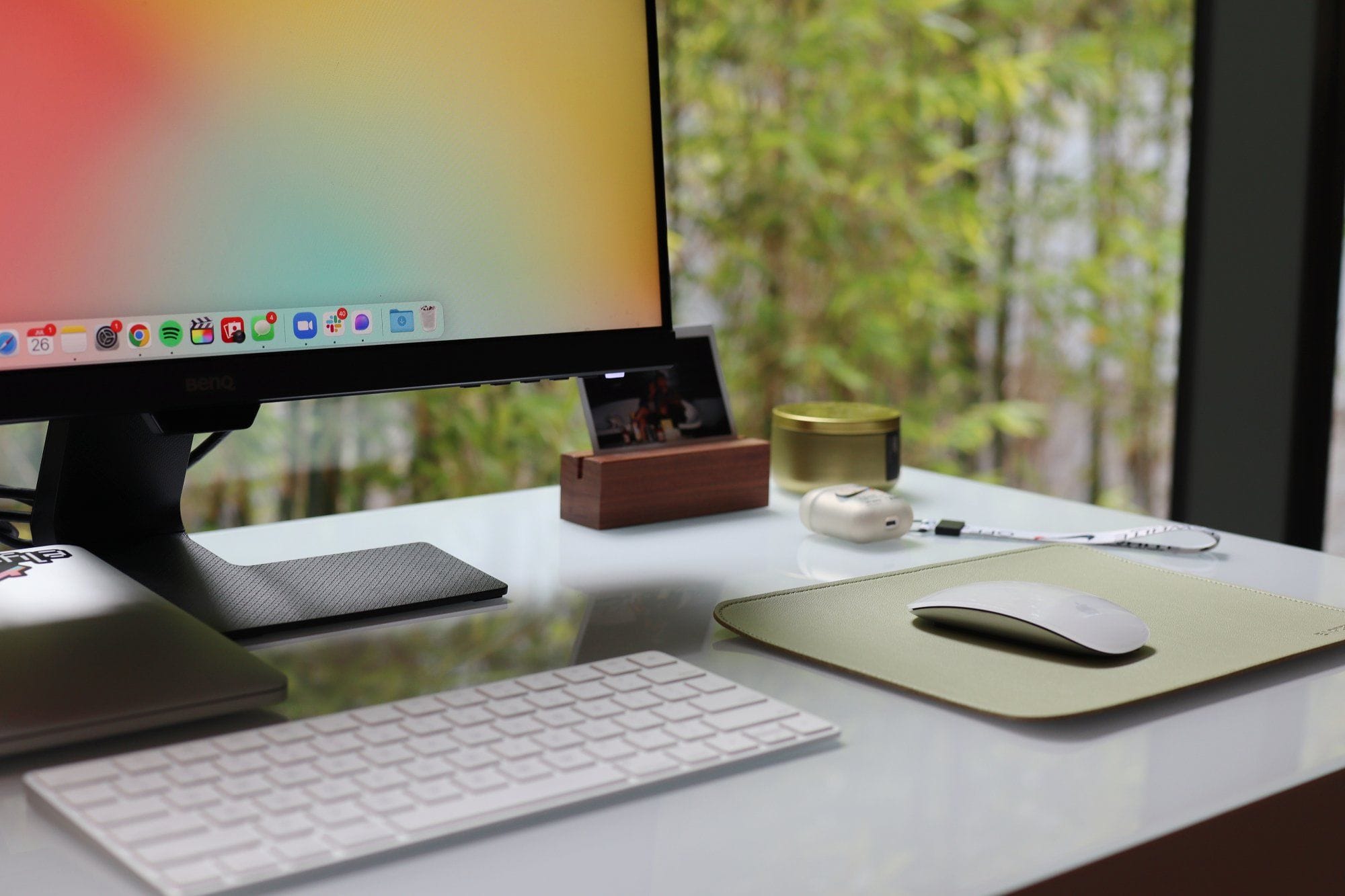
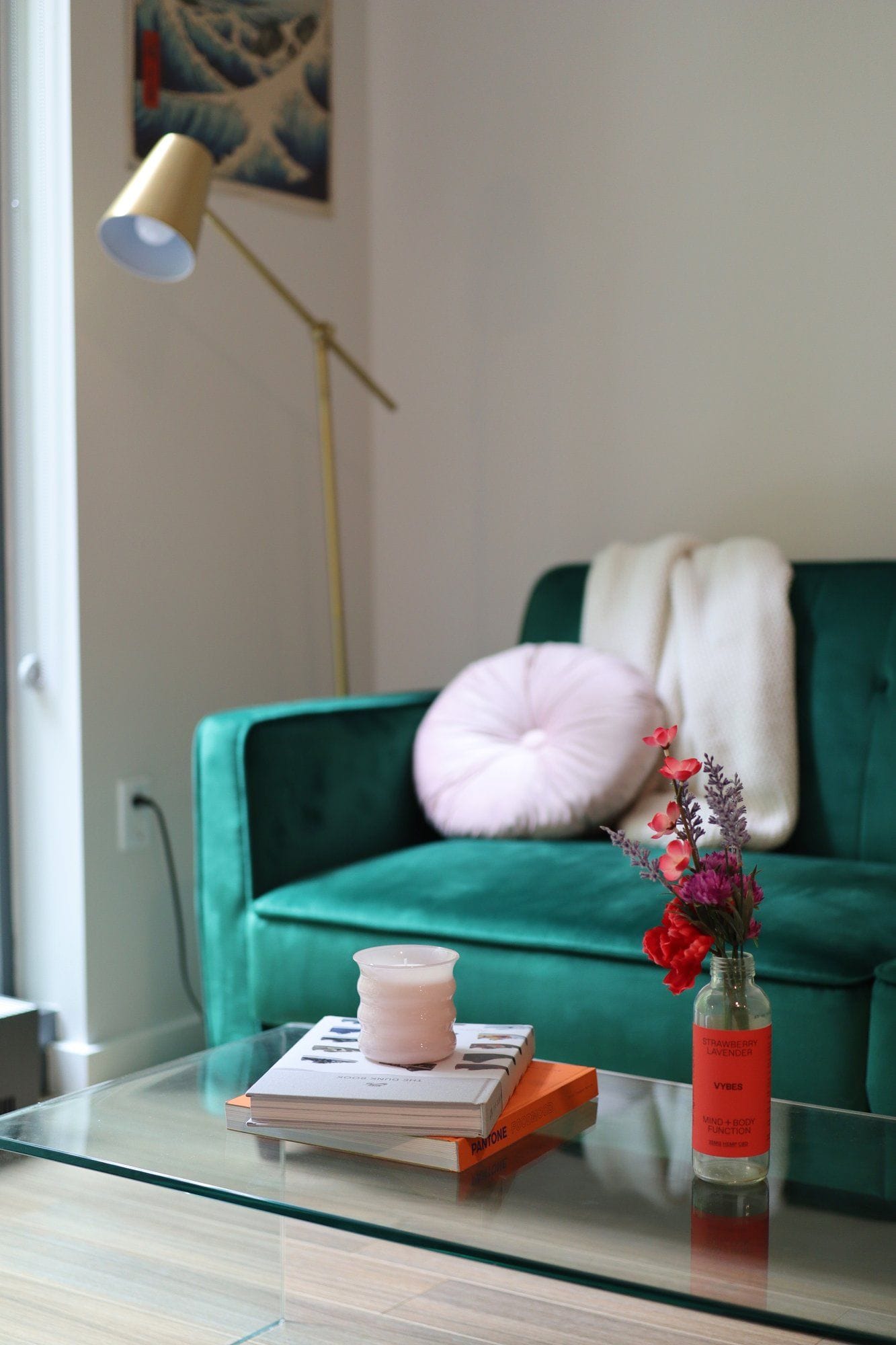
“My studio faces the inside of an apartment complex (no busy streets or cars) and has a serene bamboo garden right outside the floor-to-ceiling windows. It’s a super nice getaway from the hustle and bustle of living in San Francisco,” says Michelle Fang about her treadmill standing desk setup in the US
Indoors, adding a bit of greenery can make a big difference too. Houseplants like ferns, peace lilies, or rubber plants can absorb sound and reduce echo, making your space quieter and more pleasant. Plus, they improve air quality and bring a touch of nature inside, boosting your mood and productivity.
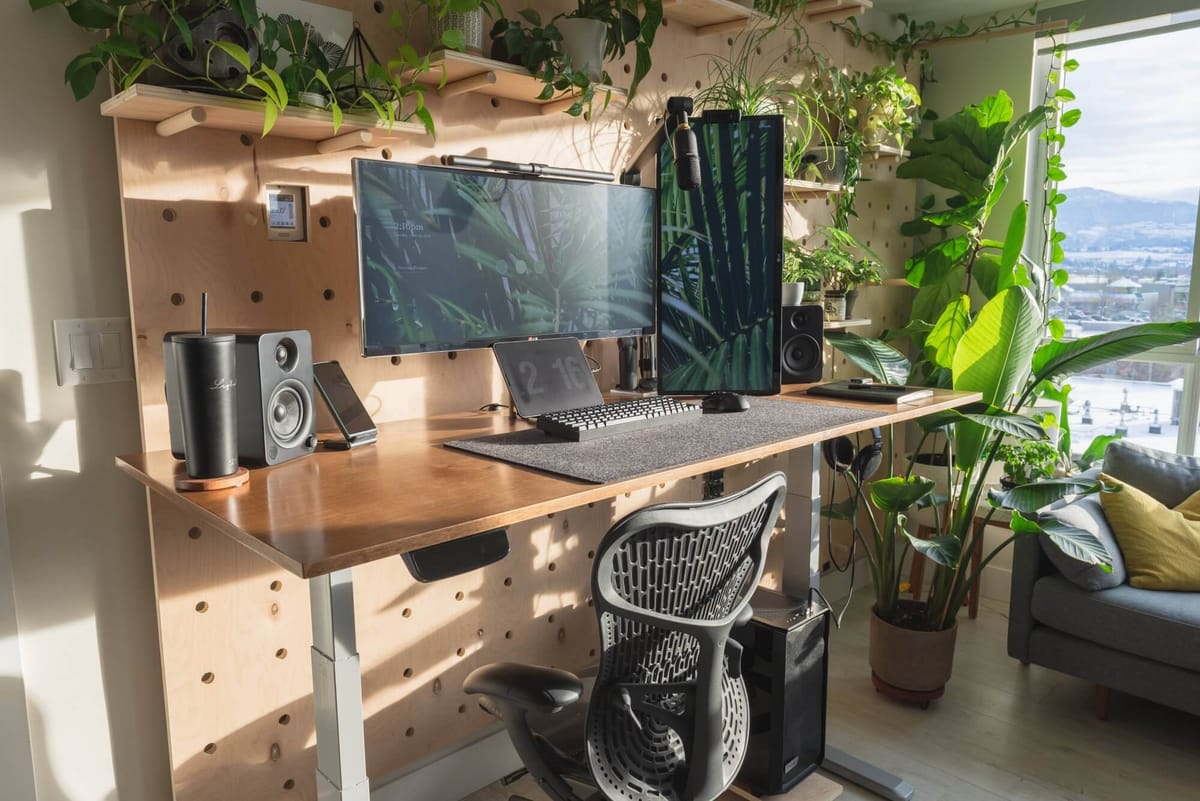
8. Create a zen zone
Soft furnishings are more than just decorative elements; they’re key to reducing noise. Cushions, curtains, and even upholstered furniture absorb sound, cutting down on the overall noise level in your office. Choose thick, heavy fabrics for the best sound absorption.
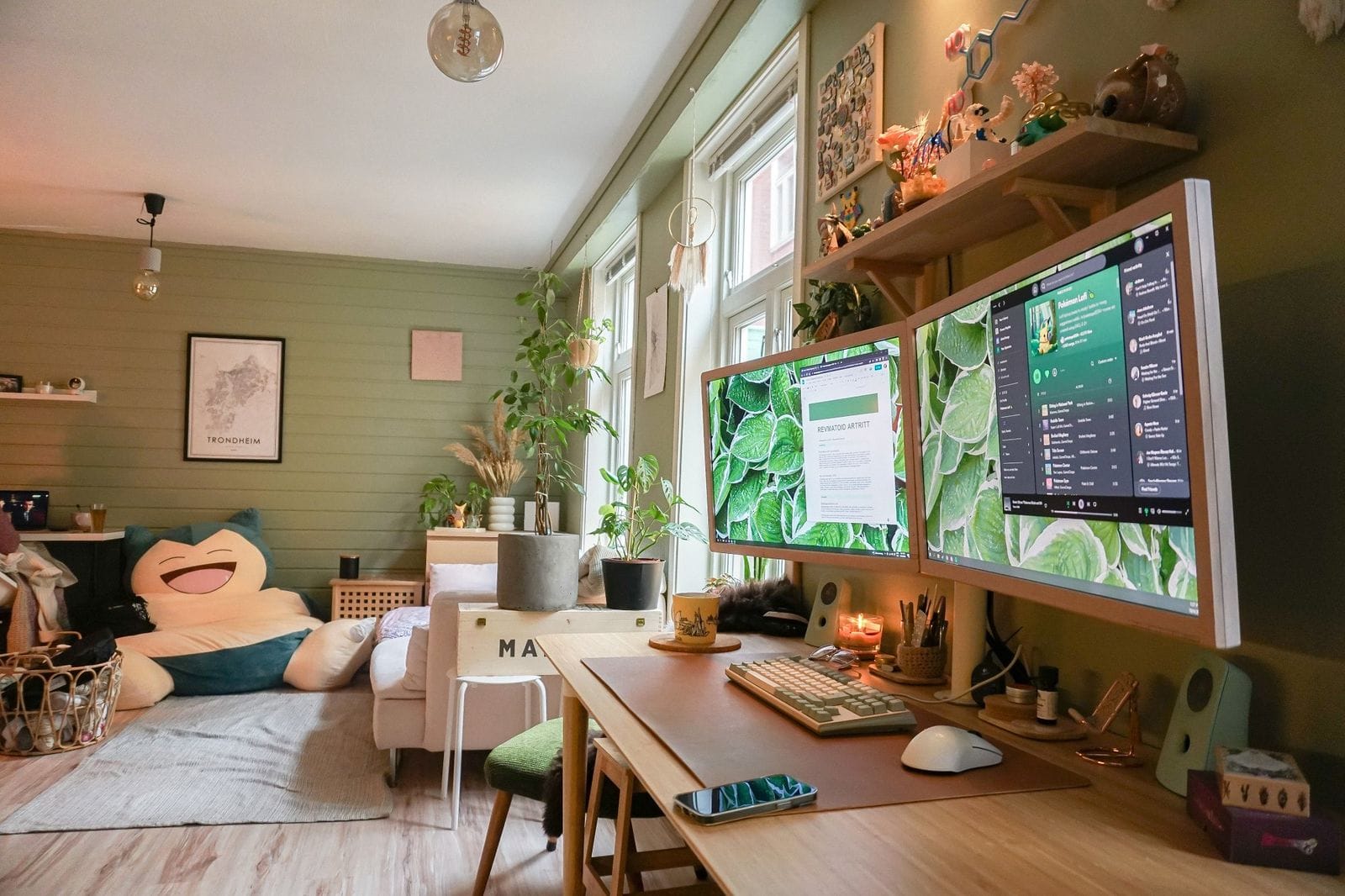
Mindful decor can also help. Wall hangings, canvas art, and even strategically placed bookshelves can reduce echo and create a more acoustically friendly environment.
9. Use tech to silence distractions
Sound masking gadgets, such as white noise machines, can be a real lifesaver. These devices emit soundwaves that cancel out annoying noises, creating a more peaceful environment. They’re great for blocking out unpredictable sounds like traffic or loud neighbours.

Focus apps are another handy tool. There are plenty of apps available that play white noise, nature sounds, or other ambient noises to help you concentrate. Some even offer guided focus sessions or timers to keep you on track. Embracing a bit of tech can make a world of difference in maintaining a quiet workspace.
10. Keep on top of it
Don’t just set it and forget it. Regularly check your home office setup to make sure everything’s working as it should.
Every now and then, reassess your soundproofing measures and tweak them if needed. Maybe the noise level has changed, or you’ve found a new source of distraction.
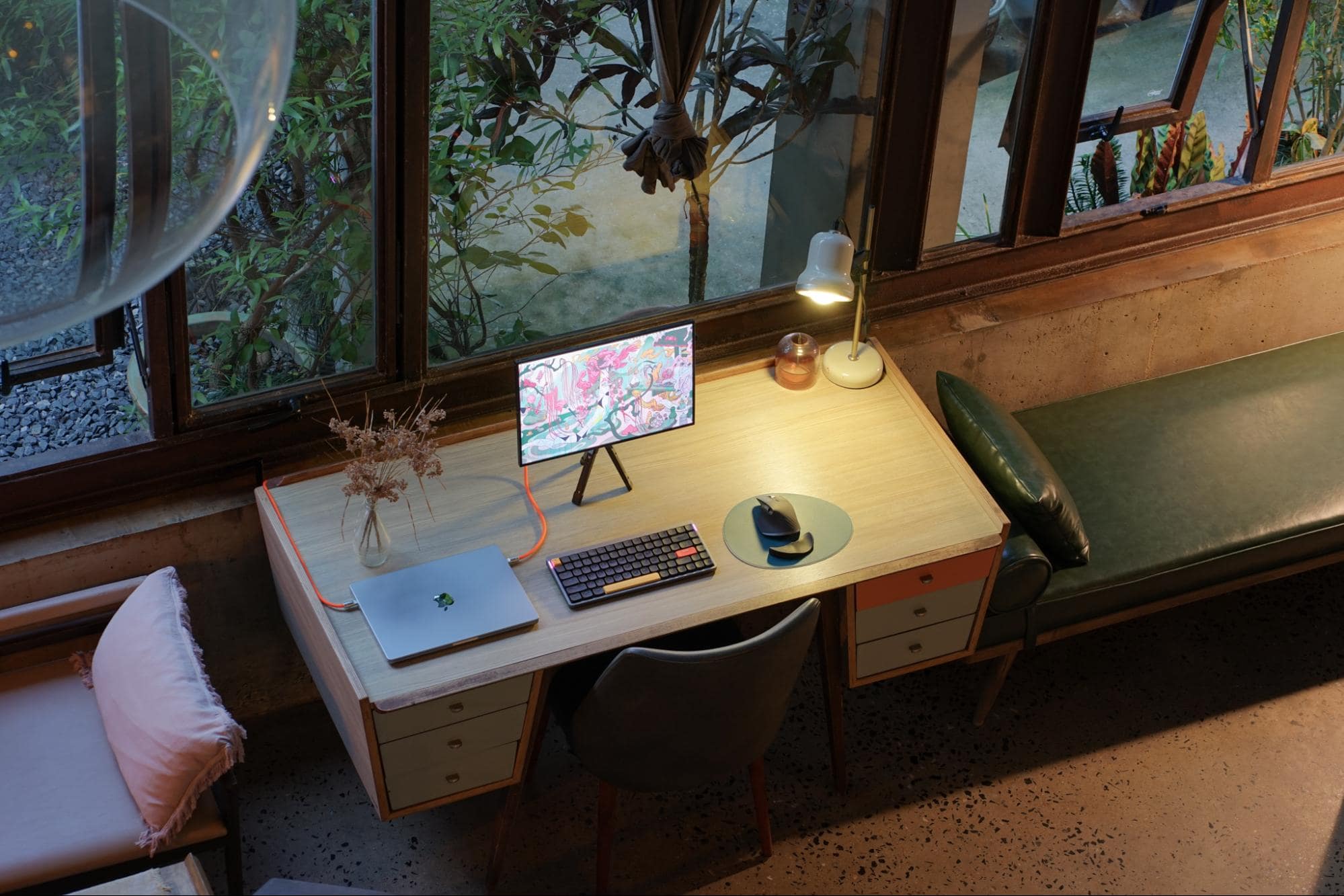
Keeping your office setup flexible and responsive to your needs will help maintain a calm and productive environment. After all, a quiet workspace isn’t a one-time fix but something you keep working on.
There you have it — a straightforward guide to making your home office a quiet haven of calm and productivity.
We’re a reader-supported publication. This article might contain affiliate links. It means we may receive a commission if you click a link and buy a product that our maker has recommended. The interview was done independently.




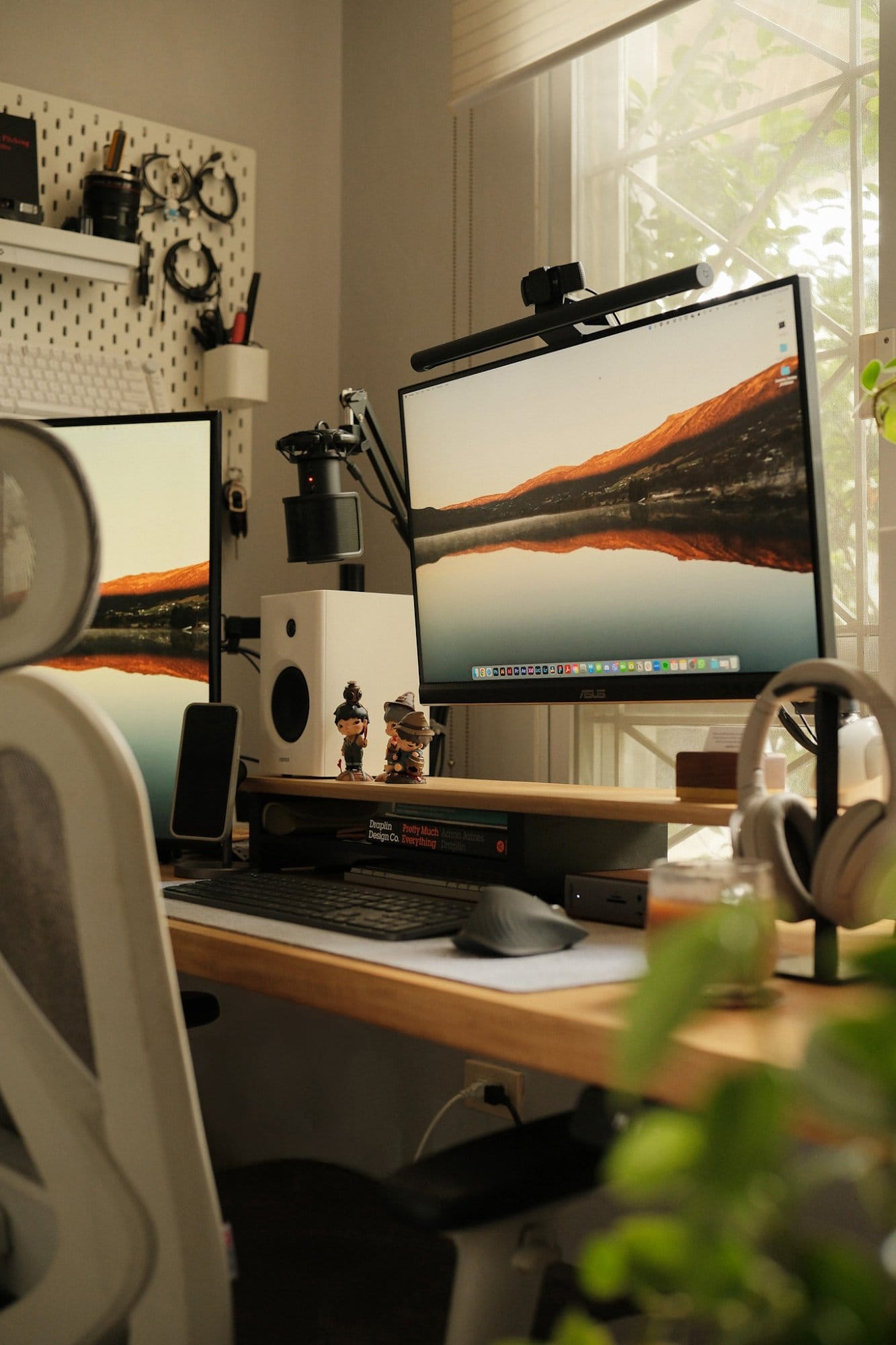
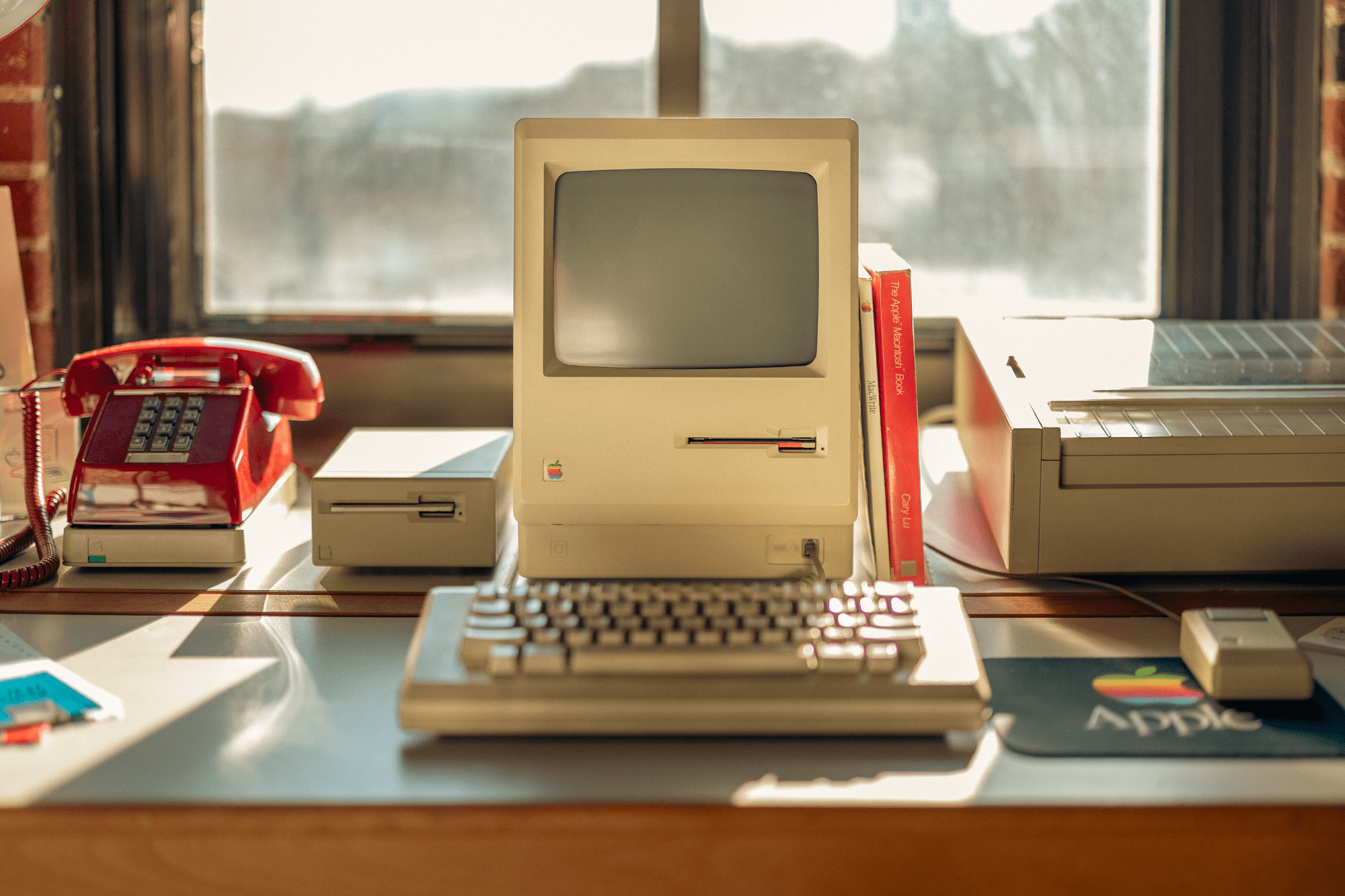
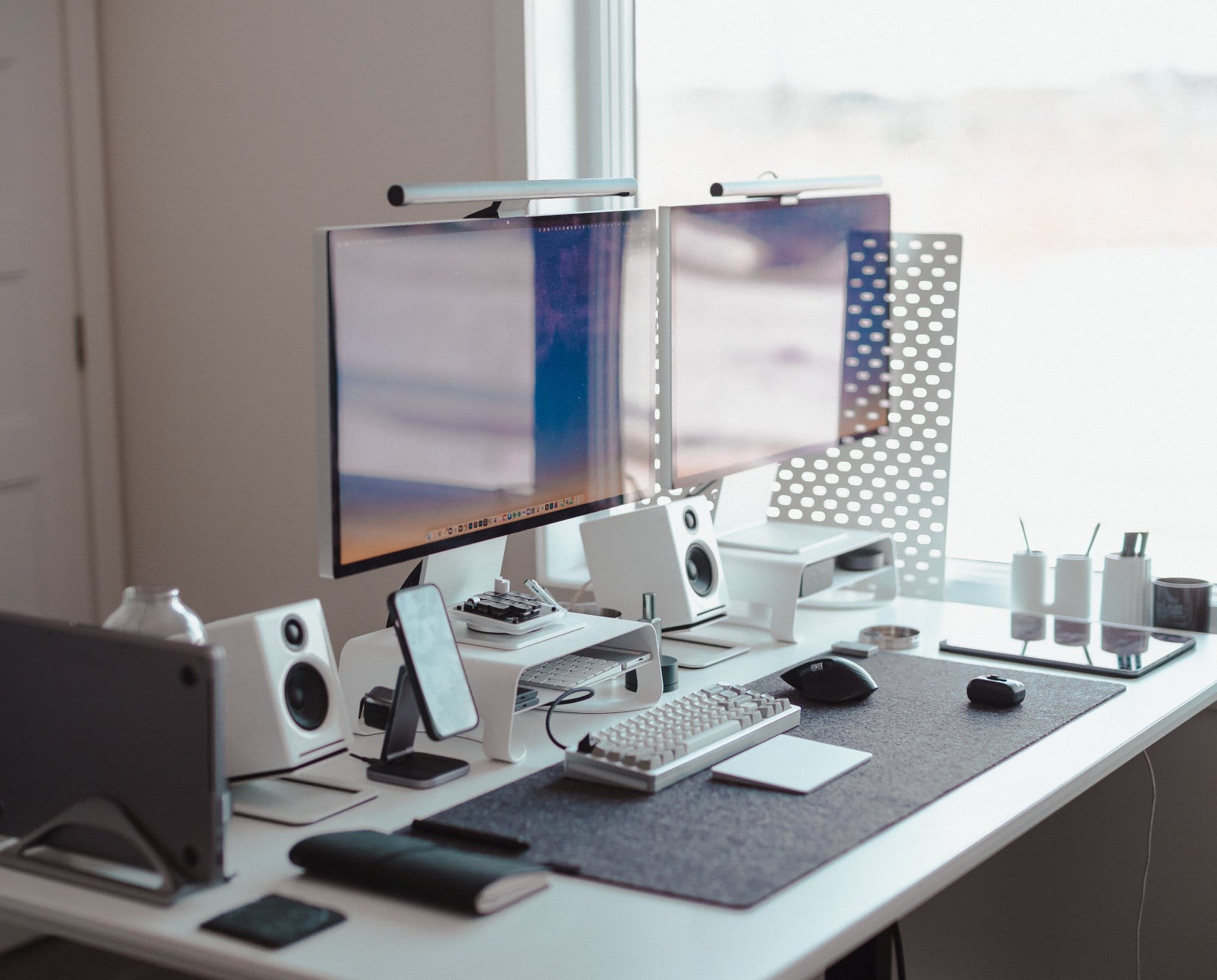

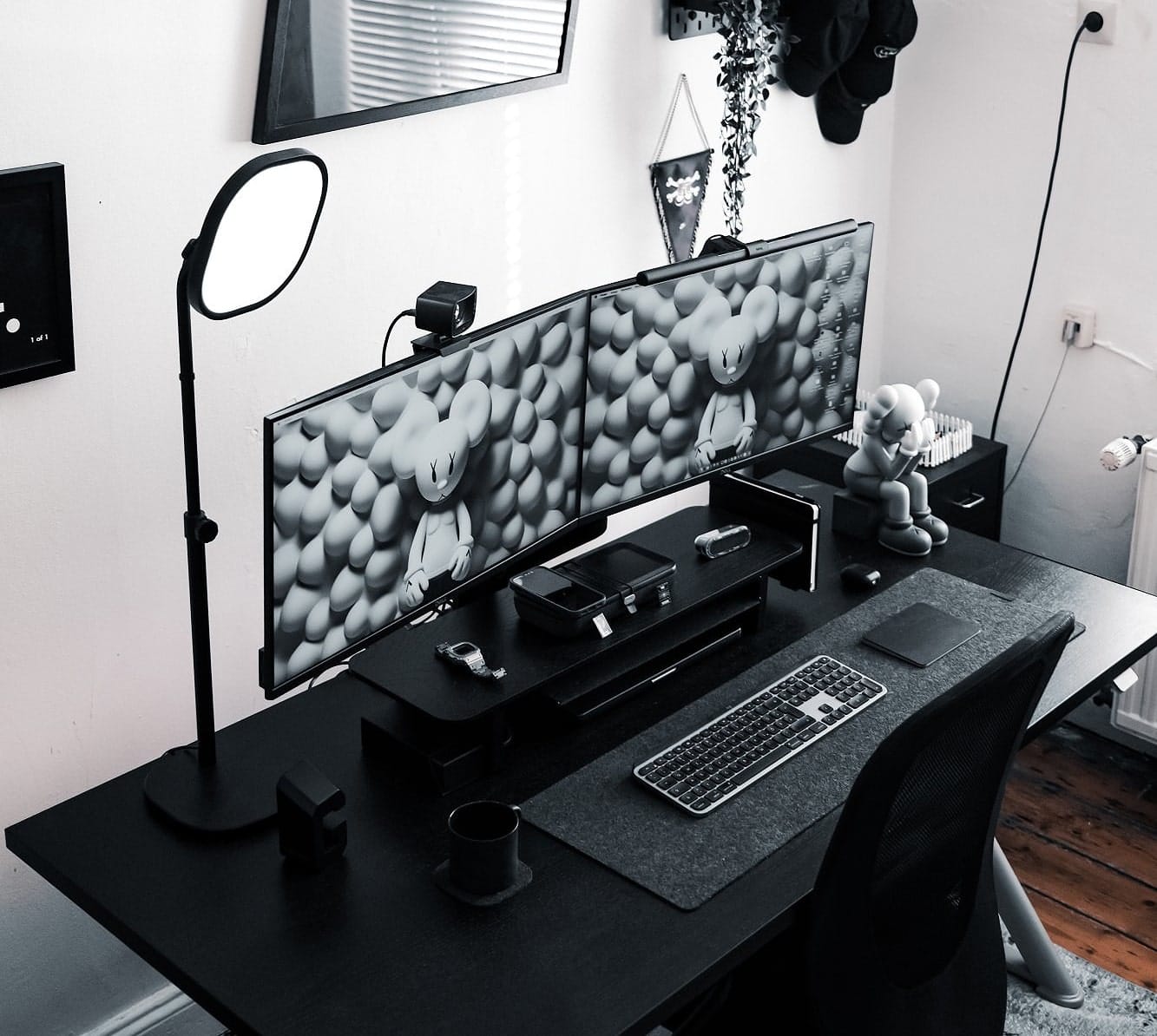
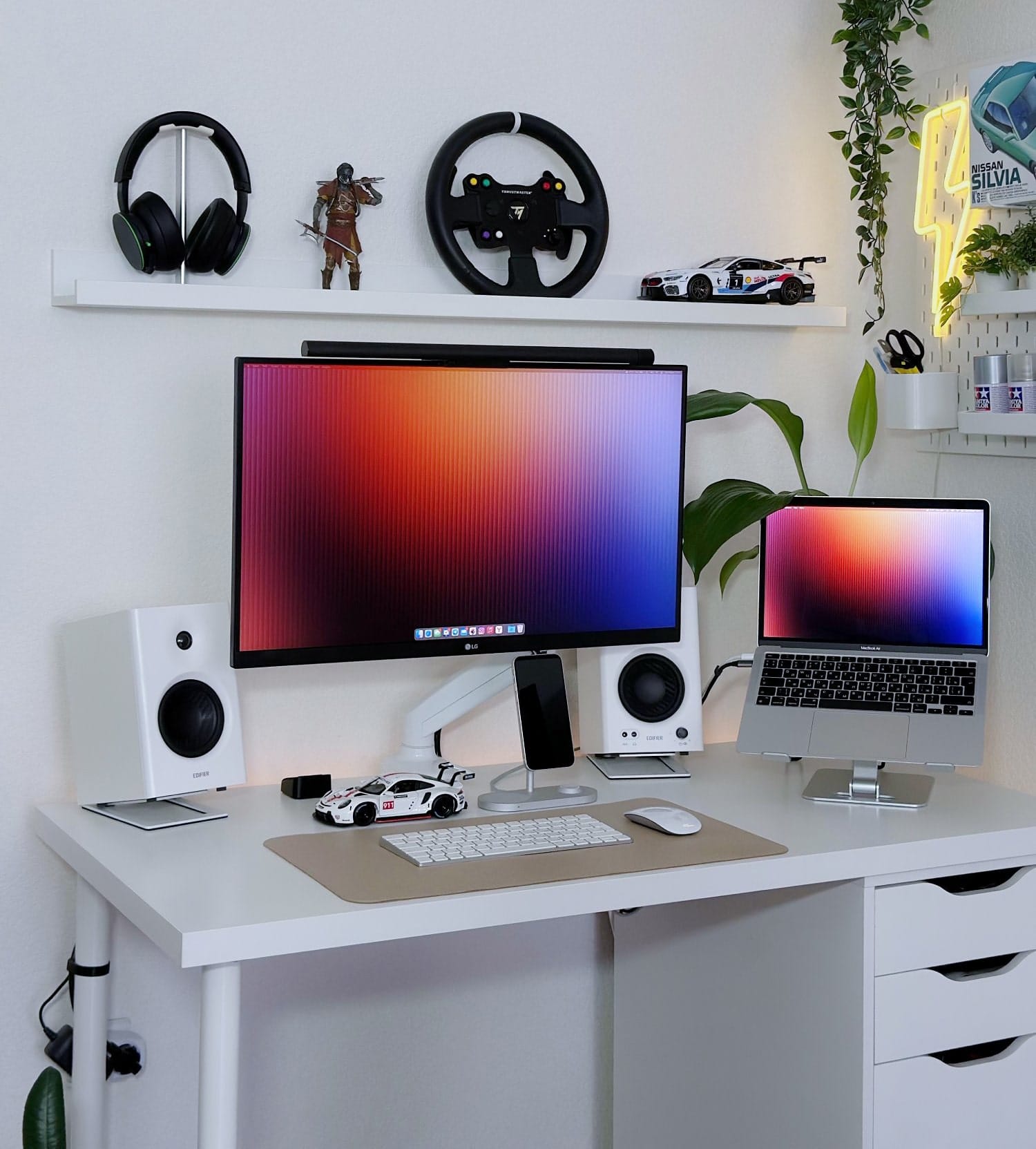
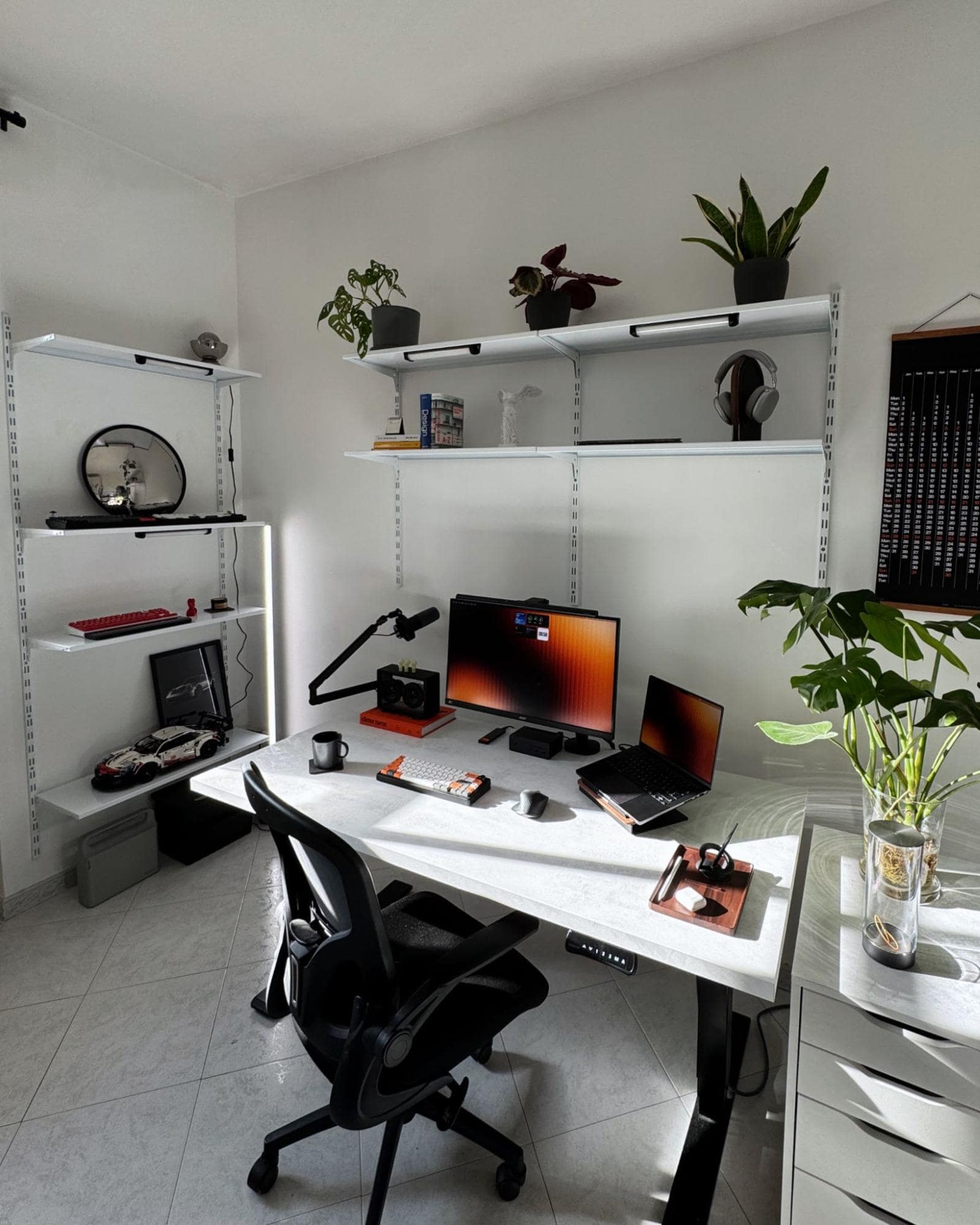
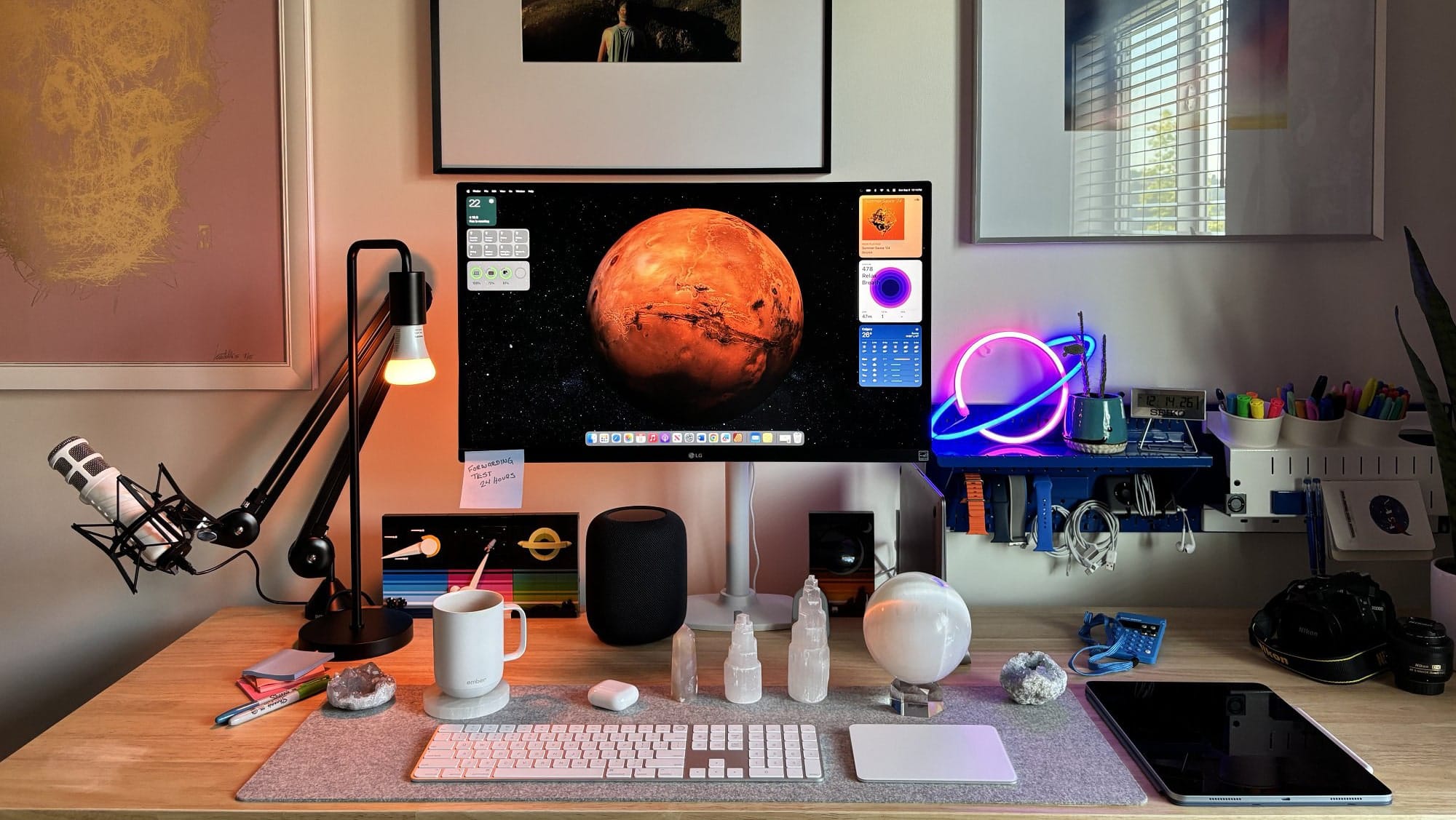
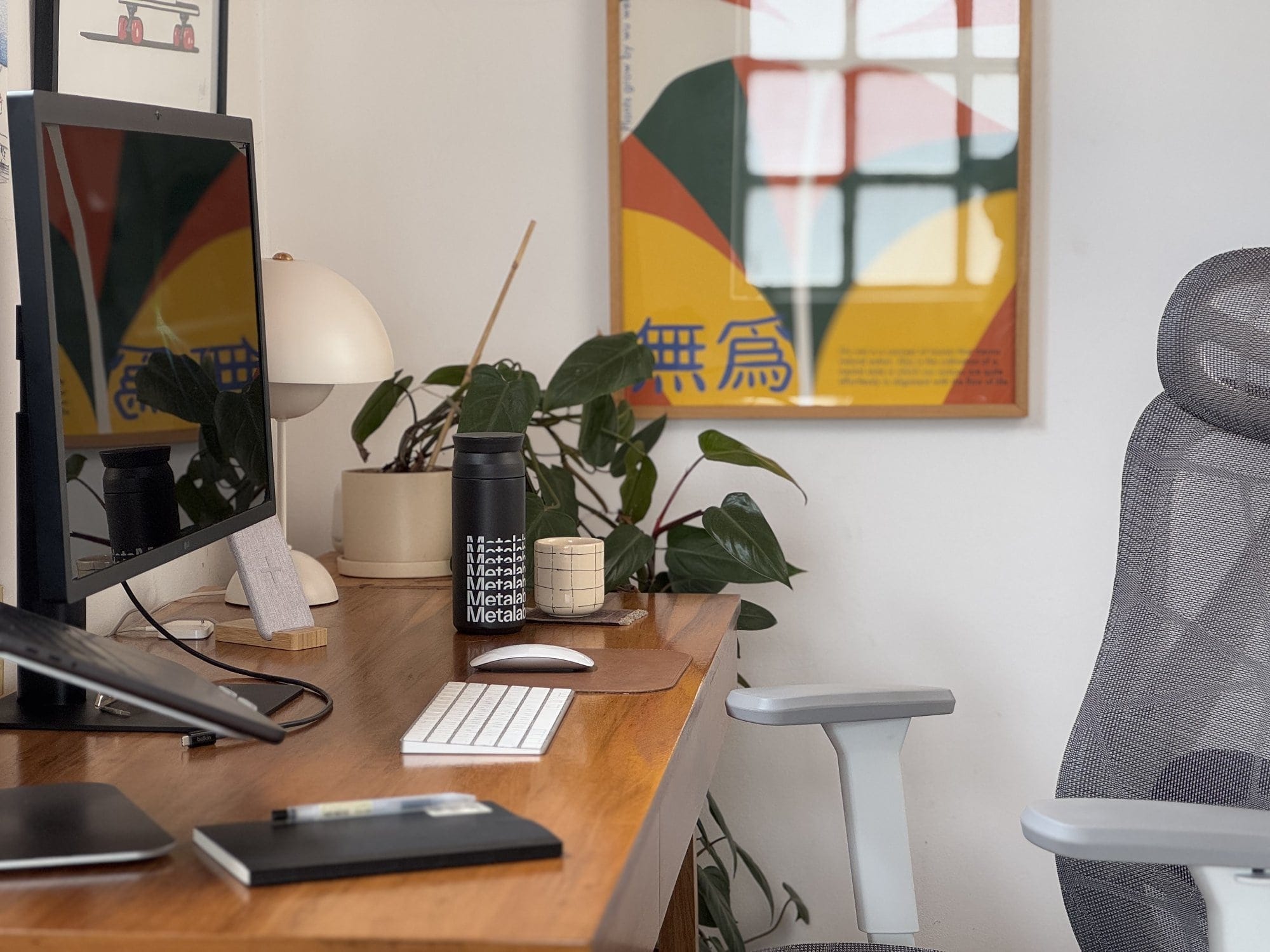
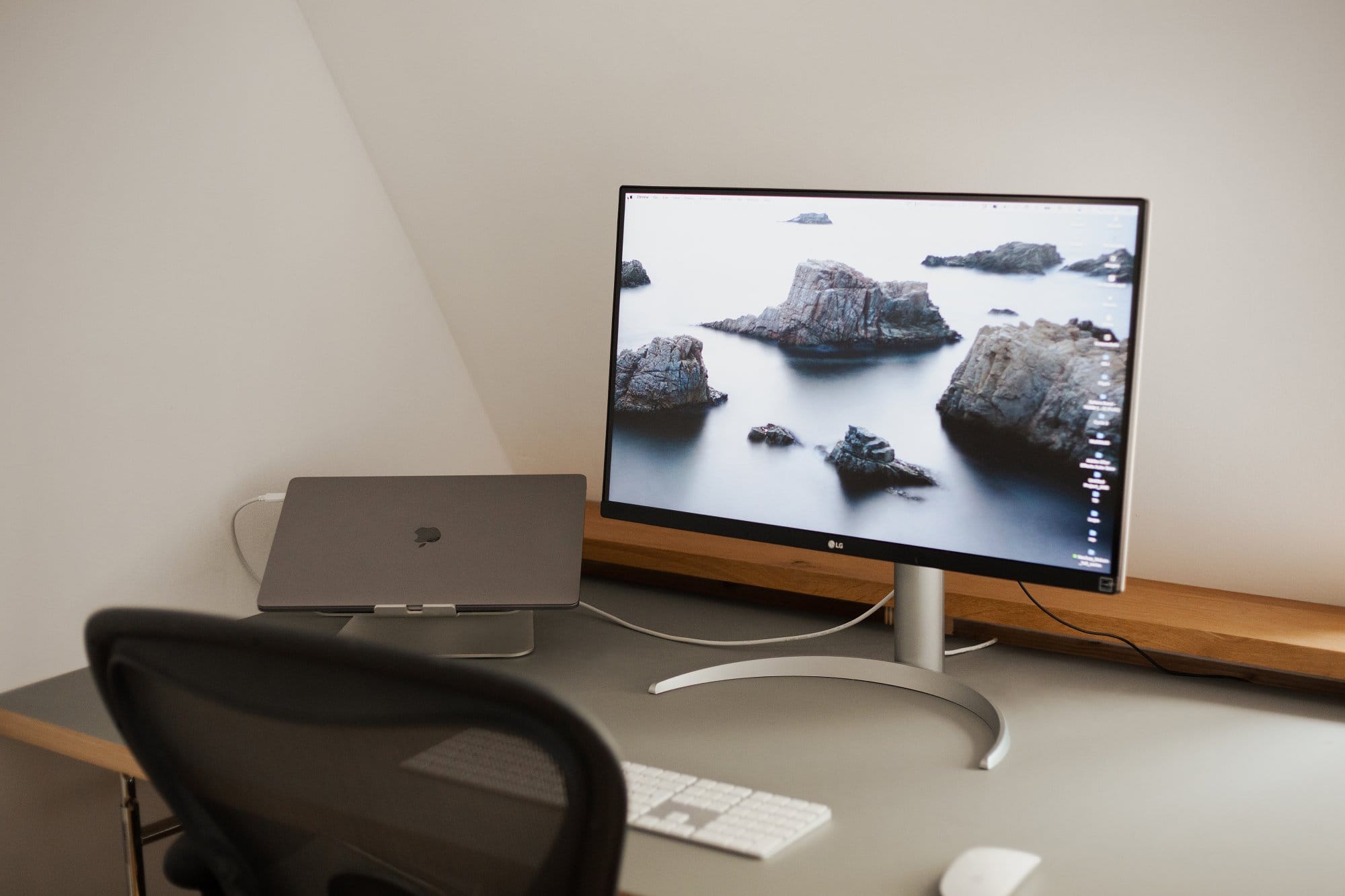
Discussion